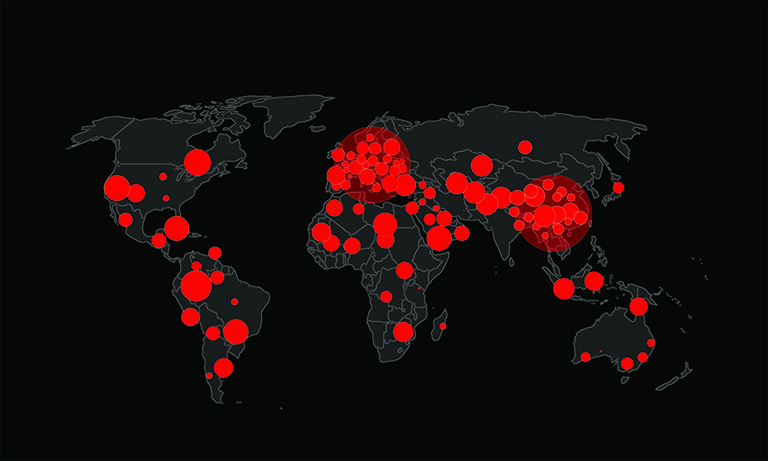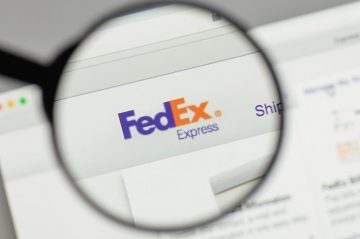DocuSign - Signature Requested Email Scam

Understanding the "DocuSign - Signature Requested" Scam
Phishing scams are surprisingly sophisticated, and one of the most notable fraudulent schemes involves fake DocuSign emails. These emails appear to be legitimate and claim that the recipient needs to sign a document urgently. However, cybercriminals use this deceptive tactic to steal sensitive information. And the actual DocuSign firm has no affiliation with this scam.
How the Scam Works
Scammers send an email with subject lines like "Action Required: Complete with DocuSign" or similar variations. These messages usually come with a link that directs recipients to a fake website designed to look like a legitimate DocuSign or email login page. Unsuspecting users who enter their credentials unknowingly hand over their personal information to cybercriminals.
Here's what the fraudulent message says:
Subject: Action Required: Complete with Docusign
DOCUSIGN
Signature Requested
Hello -,
You've received a new document requiring your signature. Please review and sign at your earliest convenience to ensure timely processing.
Document: Contract Agreement - [Unique ID: 2025-020]
To view and sign the document, click the button below:
Review & Sign
If the button doesn't work, copy and paste this link into your browser:
-This email was sent by DocuSign eSignature. For assistance, contact support@docusign.com.
DocuSign, Inc. | 221 Main St, San Francisco, CA 94105
Privacy Policy | Unsubscribe
The Dangers of Phishing Websites
Once a victim enters their email login details on the phishing site, scammers immediately harvest the credentials. Stolen login information can be used for various nefarious purposes, such as gaining unauthorized access to email accounts, financial platforms, or social media accounts. This type of cybercrime can result in identity theft, financial fraud, and other security breaches.
Potential Consequences for Victims
Falling for this scam can lead to severe consequences. Cybercriminals who obtain access to an email account may use it to:
- Send fraudulent messages requesting money from contacts
- Spread additional phishing scams or malware
- Gain access to linked accounts, including social media and banking platforms
- Steal financial information for unauthorized transactions
Recognizing Fake DocuSign Emails
To protect yourself from such scams, it is essential to recognize the warning signs of a phishing email:
- Generic Greetings: Emails that do use your name may be suspicious.
- Urgent or Threatening Language: Scammers use pressure tactics to create a sense of urgency.
- Unusual Sender Address: Fake emails often originate from addresses that do not match DocuSign's official domain.
- Suspicious Links: Hover over links with your mouse cursor without clicking to see if they redirect to an unknown website.
- Unexpected Requests: If you were not expecting a document to be signed, verify its legitimacy before proceeding.
Received a Suspicious Email? Here’s What You Do
If you get an email that says it's from DocuSign but find it suspicious, follow these steps:
- Do Not Click Any Links – Refrain from clicking links or downloading attachments.
- Verify with the Sender – Contact the person or organization that supposedly sent the document.
- Report the Scam – Send the phishing email to DocuSig and report it to your email provider.
- Delete the Email – If confirmed to be a scam, delete it from your inbox immediately.
What to Do If You Fell for the Scam
If you have already entered your credentials on a fraudulent site, take the following actions immediately:
- Change Your Password – Update your email and other affected accounts with strong, unique passwords.
- Enable Two-Factor Authentication (2FA) – Adding another layer of security can help protect your accounts.
- Monitor for Unusual Activity – Check your email and financial accounts for unauthorized access or transactions.
- Notify Relevant Institutions – Inform your bank or service providers if you suspect your financial details are compromised.
How to Protect Yourself from Phishing Scams
Cybercriminals use various methods to trick users, making it crucial to stay vigilant. Here are some preventive measures:
- Be Skeptical of Unexpected Emails – Always verify the authenticity of emails, even if they appear to come from trusted sources.
- Use Official Websites – Access services directly through their official websites instead of clicking on email links.
- Keep Software Updated – Ensure your devices have up-to-date security software to protect against malware.
- Educate Yourself and Others – Spread awareness about phishing scams among friends, family, and colleagues.
Final Thoughts
The "DocuSign - Signature Requested" scam is just one of many phishing attempts designed to steal sensitive information. Staying informed, recognizing warning signs, and practicing good cybersecurity habits are the best ways to protect yourself. If you ever receive a suspicious email, remember to verify its authenticity before taking any action.








